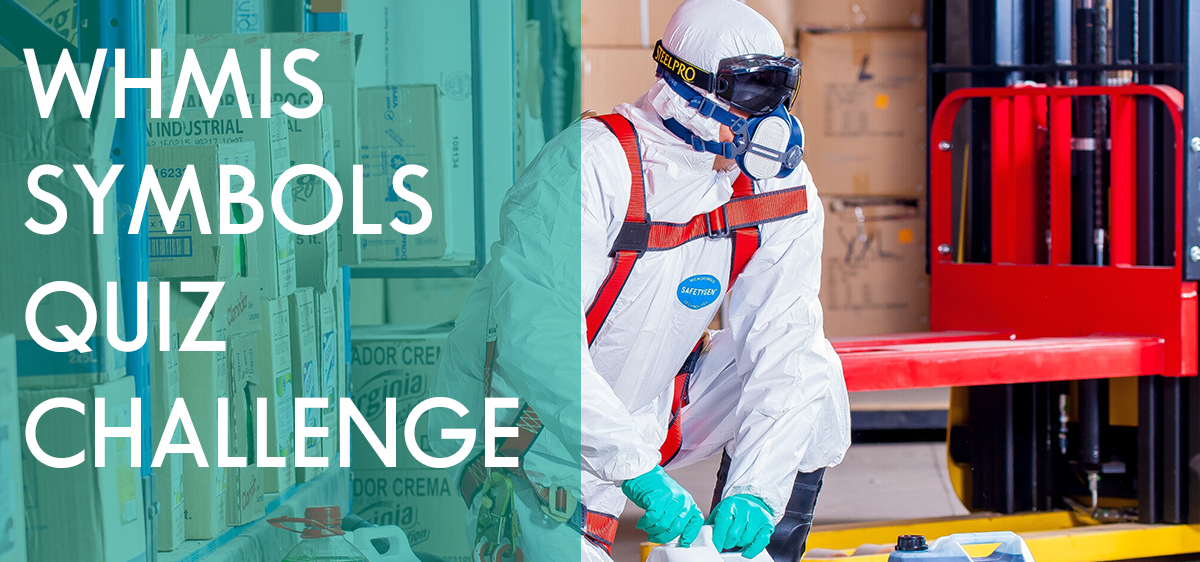
Many workplaces require some level of WHMIS training. This WHMIS symbols quiz will allow you to test your knowledge. WHMIS stands for Workplace Hazardous Material Information System. WHMIS training courses provide workers, employers, and supervisors with relevant information under WHMIS 1988 and 2015 about the safe handling, storage, and usage of hazardous materials in the workplace. This WHMIS symbols quiz will explore what hazards match with what symbols. Learn more about the symbols, test your knowledge, and check your answers here. For more information about WHMIS training or workplace health & safety training, contact the experts at ACUTE now!
Looking For WHMIS 2015 (GHS) Training?
WHMIS Symbols Quiz
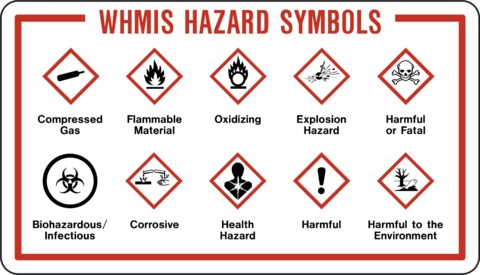
Match the proper symbol with the image of the hazard. Answer key below.
1. Gas Can 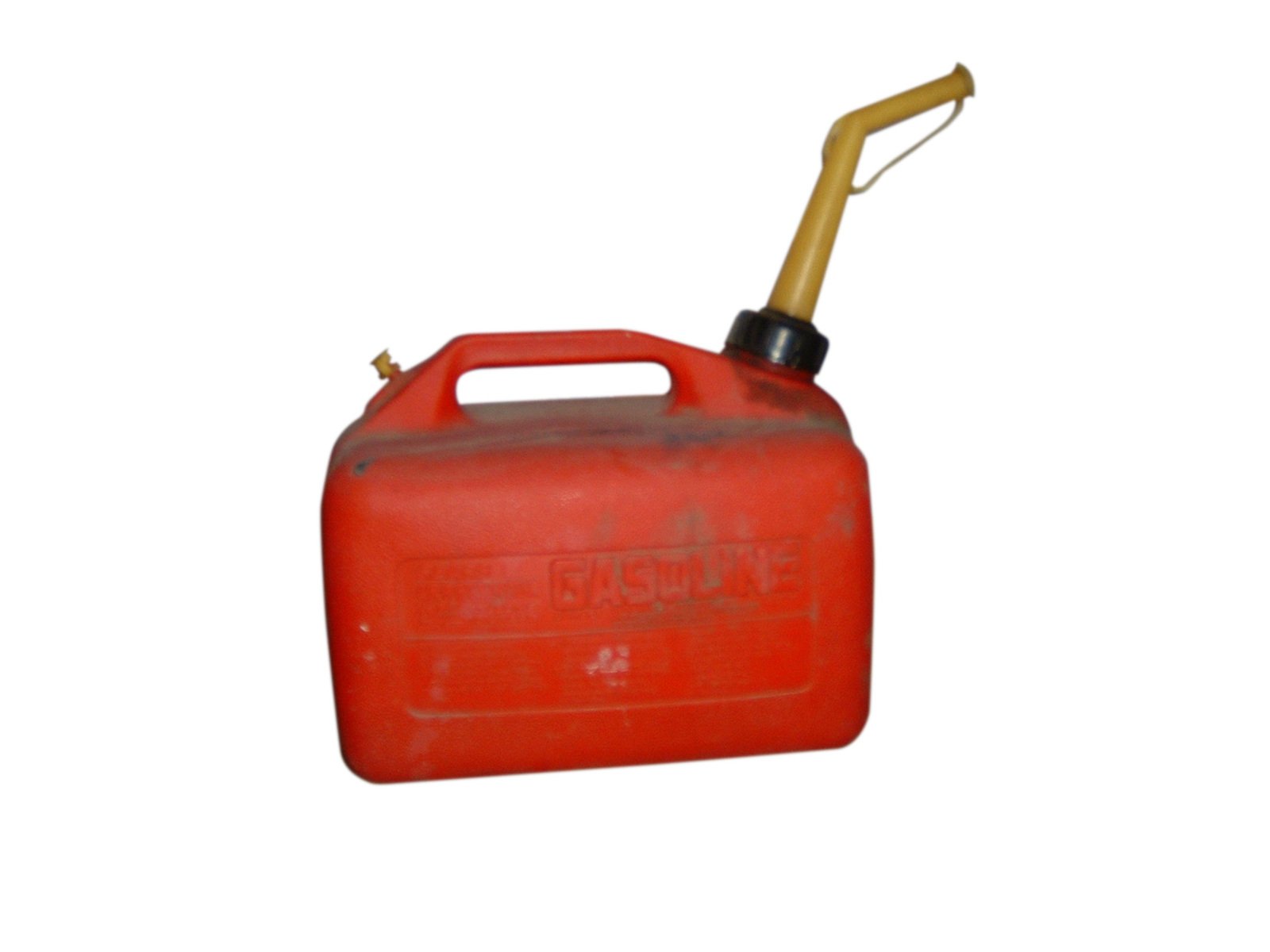
2. Cleaner With Ammonia
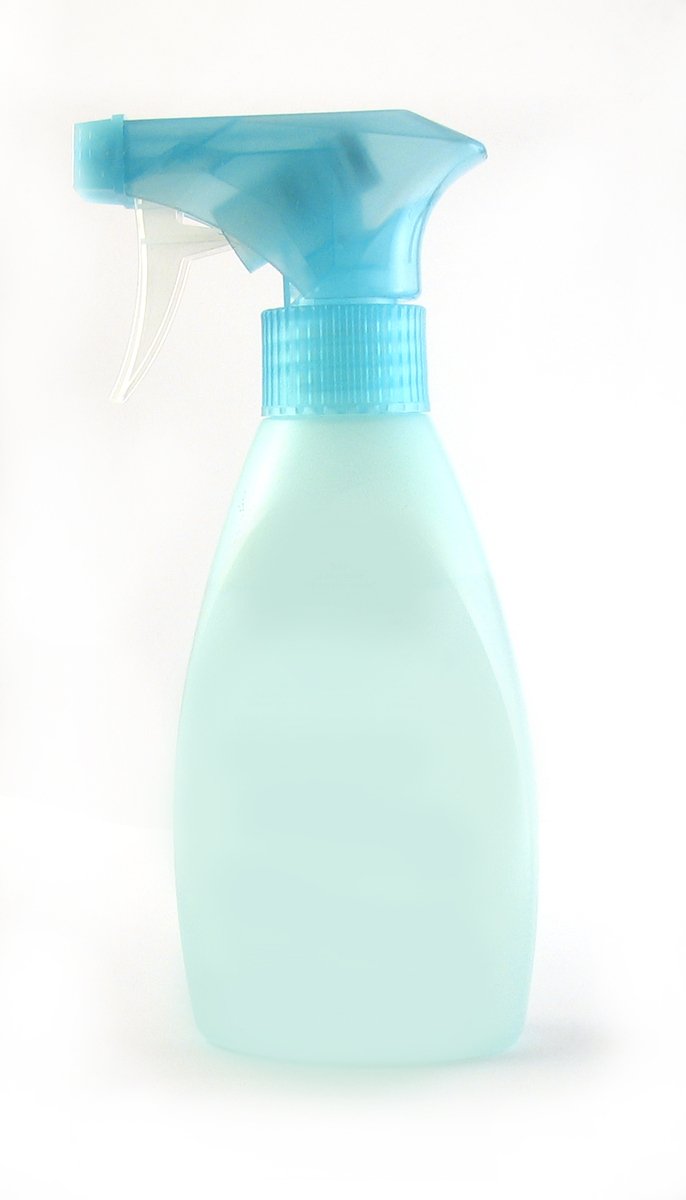
3. Hydrogen Peroxide
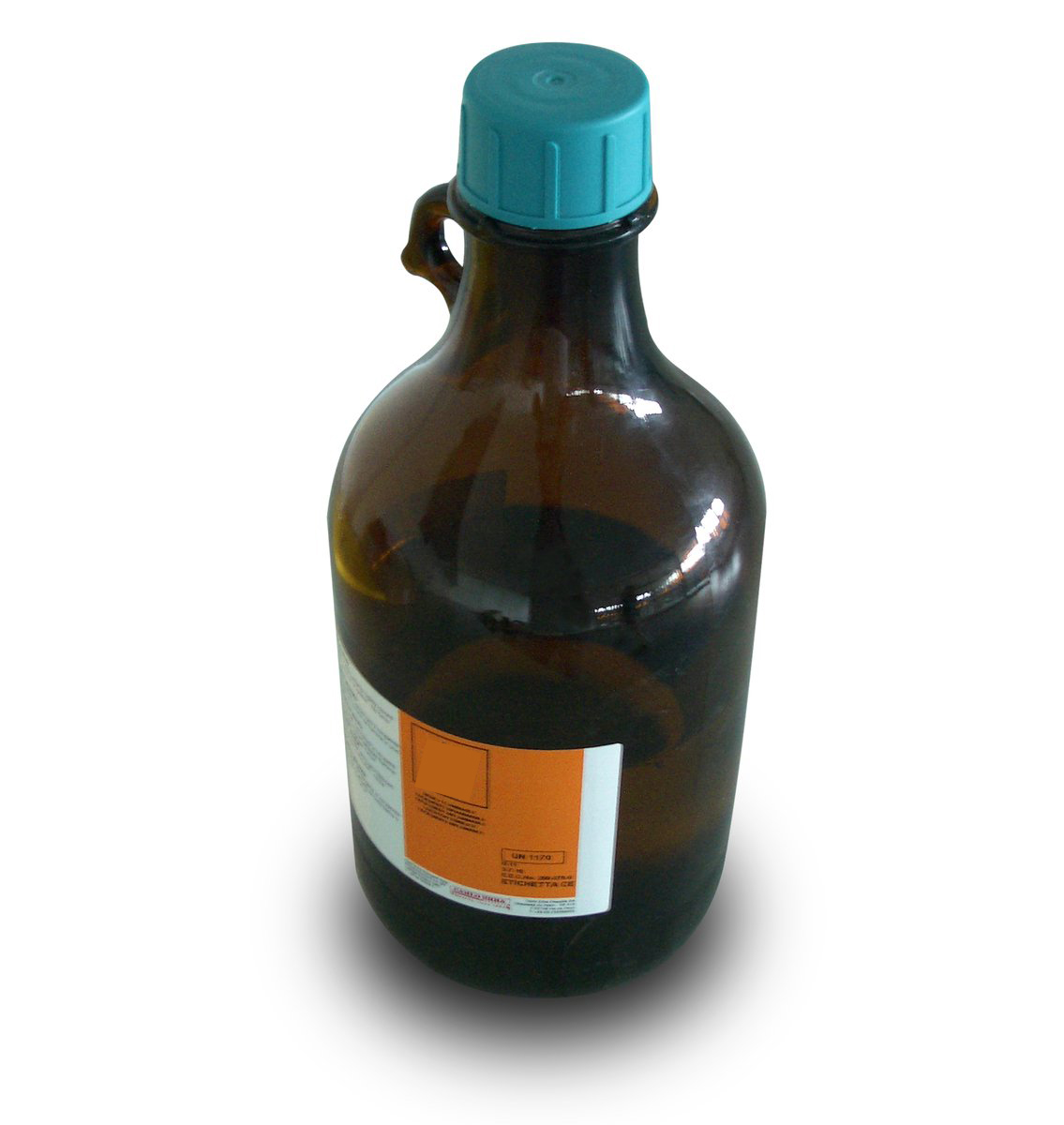
4. Medical Waste Sharps Disposal
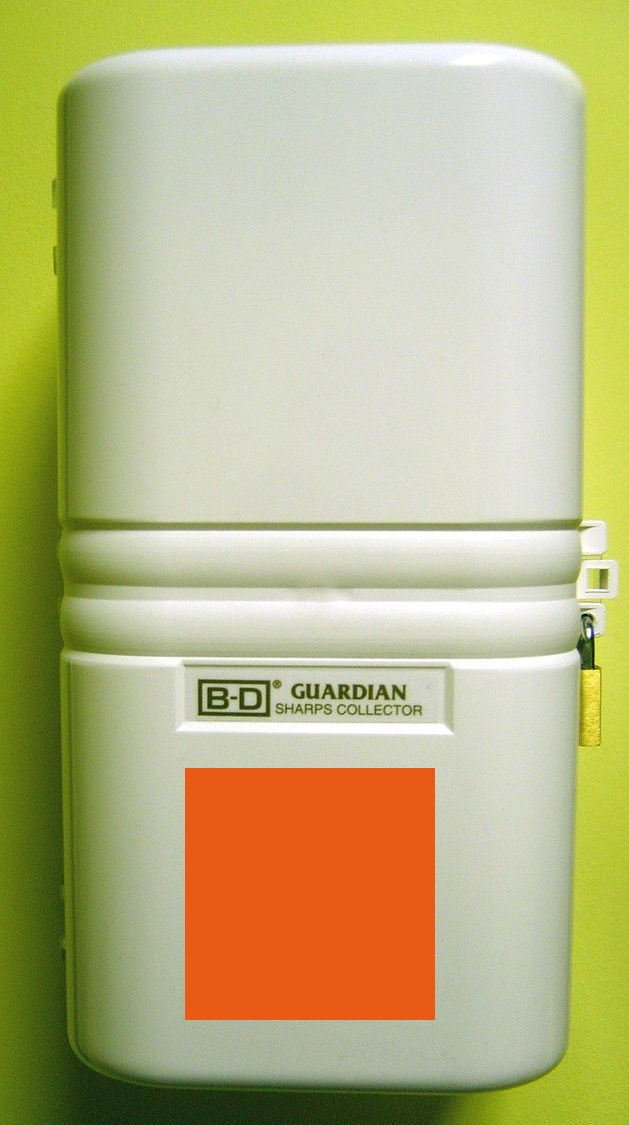
5. Household Cleaner with Sulphide

6. Oxygen Tank

7. Sodium Hydroxide, Hydrochloric Acid, Nitric Acid

Answer Key:
1. Gas Can: Flammable
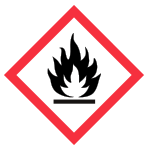
Flammable hazards are items that can ignite burn easily. For a fire to occur, three elements must be together at the same time and in the right proportions: fuel, oxygen, and heat. It is very important for fire prevention and when working safely with flammable products to make sure that these three elements are not present together in the right amounts at any time.
2. Cleaner With Ammonia: Harmful or Fatal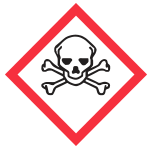
These products are toxic and harmful if inhaled, in contact with skin, or if swallowed. Toxicity of a chemical does not change, but the risk of exposure from using it can be controlled and minimized through proper handling and storage practices.
3. Hydrogen Peroxide: Oxidizing
The image for oxidizing products is an “o” with flames on top of it. The “o” is for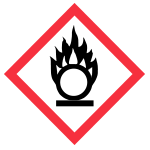 oxygen and the flames show that oxidizers are significant fire hazard if they are not handled properly. There are oxidizing gases, oxidizing liquids and oxidizing solids. With oxidizers, products readily give off oxygen or other oxidizing substances (such as bromine, chlorine, or fluorine) and this causes a significant fire/explosion risk.
oxygen and the flames show that oxidizers are significant fire hazard if they are not handled properly. There are oxidizing gases, oxidizing liquids and oxidizing solids. With oxidizers, products readily give off oxygen or other oxidizing substances (such as bromine, chlorine, or fluorine) and this causes a significant fire/explosion risk.
4. Medical Waste Sharps Disposal: Biohazard Infectious Material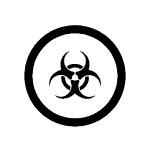
These materials are organisms or the toxins they produce that can cause diseases. Included in this class are bacteria, viruses, fungi and parasites. Because these organisms can live in body tissues and fluids, they should be treated as toxic.
5. Household Cleaner with Sulphide: Acute Toxicity
These products are toxic and harmful if inhaled, in contact with skin, or if swallowed. Toxicity of a chemical does not change, but the risk of exposure from using it can be controlled and minimized through proper handling and storage practices.
6. Oxygen Tank: Gas Cylinder
Thousands of products are available which contain gases and mixtures of gases that are 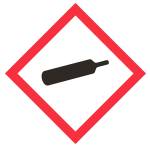 stored under pressure in cylinders. There are four different hazard categories of gases under pressure: compressed gas, liquefied gas, refrigerated liquefied gas, and dissolved gas. Non-liquefied gases are also known as compressed, pressurized or permanent gases. Oxygen is in this category.
stored under pressure in cylinders. There are four different hazard categories of gases under pressure: compressed gas, liquefied gas, refrigerated liquefied gas, and dissolved gas. Non-liquefied gases are also known as compressed, pressurized or permanent gases. Oxygen is in this category.
7. Sodium Hydroxide, Hydrochloric Acid, Nitric Acid: Corrosion
Any product that can chemically damage or destroy steel or aluminum is considered 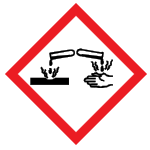 “corrosive to metals”. Corrosive products such as strong acids and strong bases can attack (corrode) metal or our skin/eyes. Common acids include hydrochloric acid, nitric acid and sulfuric acid. Common bases are sodium hydroxide (caustic soda) and ammonia. Check the labels for additional information.
“corrosive to metals”. Corrosive products such as strong acids and strong bases can attack (corrode) metal or our skin/eyes. Common acids include hydrochloric acid, nitric acid and sulfuric acid. Common bases are sodium hydroxide (caustic soda) and ammonia. Check the labels for additional information.
Who Needs WHMIS Training?
Anyone who works with or may be potentially exposed to hazardous products in the workplace must complete WHMIS training. However, WHMIS training can be beneficial even if workers think they may not be directly exposed to hazards. Improper training can lead to serious injury and hefty fines. The truth is, most workers need WHMIS training. Learn more here and here.
The WHMIS training program is a great option for new hires, Joint Health and Safety Committee members, and any worker who wishes to have a deeper understanding of the new provisions of the Globally Harmonized System as well the requirements mandated by the province’s WHMIS legislation.

When Will You Need WHMIS Training?
You will need WHMIS training if:
- You may be exposed to chemicals or a hazardous product during work activities (this includes normal use, maintenance, and emergencies) ✓
- You use, store, handle or dispose of hazardous products and materials ✓
- You supervise workers who may be exposed to, use, store, handle, or dispose of hazardous products ✓
- You work in emergency response ✓
The list above is not exhaustive – remember that WHMIS training is mandatory for any workers who work with or who may even be potentially exposed to hazardous products in the workplace.

WHMIS Training – Want Real Training Today?
Are you ready to really test your WHMIS knowledge? Searching for online WHMIS tests, answers, and hints can only take you so far. Remember, WHMIS training is mandatory for any worker who works with or is potentially exposed to hazardous products in the workplace. If you’re looking for a deeper understanding of the WHMIS system, contact the experienced trainers at ACUTE today!
Get WHMIS Training From Director-Approved Training Provider ACUTE!
Online tests and hints are a great way to prepare workers for training and reinforce good safety practices. However, hands-on, practical training is the best way to keep employers and workers safe! ACUTE is dedicated to workplace safety and understands the importance of course and training provider approval. Why get workplace safety training with ACUTE? Here are just some of the benefits of working with ACUTE.

- Open Door Instructor-Student Partnership – ACUTE’s training services emphasize client participation. Staff foster relationships with clients and serve as a touchstone for advice anytime moving forward.
- Serving Your Team and Industry – With a vast array of clients in manufacturing, construction, health, academic, and government sectors, ACUTE brings the best safety practices from across the spectrum to your workplace.
- 100 Years Combined Experience – ACUTE provides comprehensive health and safety training, on-site safety services, and consulting services. With over 100 years of combined experience, our company staff offer more than theoretical or abstract ideas. ACUTE offers solutions.
- Track Record of Success – ACUTE is rated 4.9/5 stars on Google reviews, demonstrating a commitment to our clients, quality, and passion for training.
“We have relied on ACUTE for years to train our staff and
keep them safe on the job site.”
– Bob, Millwrighting Company – Read More Testimonials Here!
Click here to see what training courses we have at ACUTE or contact us today for quality training in your workplace or on-site at ACUTE’s proven training facilities!
ACUTE is located in Waterloo, Ontario, and services customers from cities such as Toronto, Mississauga, Brampton, Hamilton, Milton, Kitchener, London, Guelph, and others across Ontario.

